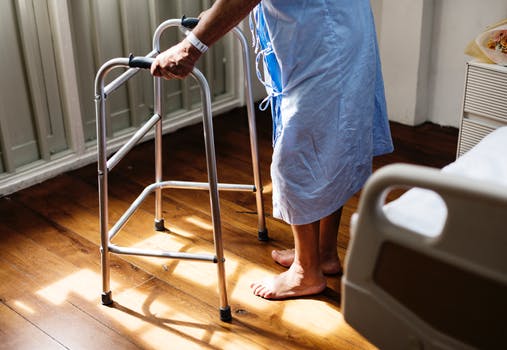
26 Jul Designing an Accessible Custom Home
When you build a custom home, you’re not just building it for you and where you are in life in that moment. You’re building it for family gatherings, growing families and everything else that comes with each stage of life. One thing people sometimes overlook in building a custom home for the future is accessibility. You want your home to welcome all people and be functional for years to come. Wheelchairs, walkers and other mobility assistance should be taken into consideration when building a home. Many different circumstances require a wheelchair. Whether it’s an older parent moving in with you or someone recovering from surgery, they need the same level of accessibility in your home. Designing a custom home that can adapt to the needs of a wheelchair is not difficult, but requires a bit of design strategy. Here are some tips for creating an adaptable home that will be functional for years to come.
General Tips
Organization: A high level of organization increases the functionality and safety of any home. Stray shoes on the ground can be a tripping hazard if not properly stowed away. Building storage space into the design of a custom home can clear up floor area and guarantee every item has a place. Storage shelves should be low to the ground for easy access by both children and those who are wheelchair-bound.
Flooring: Non-slip hardwood, tile, or laminate floors are durable and also wheelchair-accessible. Vinyl can be used as well, but may not be as slip resistant. Soft surfaces can easily show dirt that the little ones track in and are not easily accessible on wheels.
Entrance: It’s okay to have steps on the front entrance of your house, but make sure you include at least one entrance at ground-level. A ground-level entrance makes it easy for kids or people with decreased mobility to enter the home. If you know that you will be needing a wheelchair accessible home, consider building ramp. By including landscaping, you can blend the ramp in with its surroundings. This will make the ramp look like a more natural part of the home.
Door Frames: Wide doorways make halls feel spacious while making your home wheelchair and walker friendly if needed. Door frames should be wide enough to accommodate the width of the wheelchair AND the elbows of the rider, which is typically at least 32 inches. French doors are another beautiful, accommodating option that can add style and class to your home, while providing adaptability when needed.
Hallways: Including wide hallways in your custom home design provides plenty of space for increased mobility. Not only does this add convenience, but also protects the walls from being scraped.
Lighting: Lighting may not be the first aspect of your custom home that comes to mind, but shouldn’t be overlooked. All parts of the house, including hallways, should be well lit. This increases the safety of your home and can benefit the visually impaired.
Bathroom
The bathroom is an especially dangerous place for all ages. Space is tight and floors are slippery. Choosing proper support and flooring is crucial for making the bathroom a safe, accessible space.
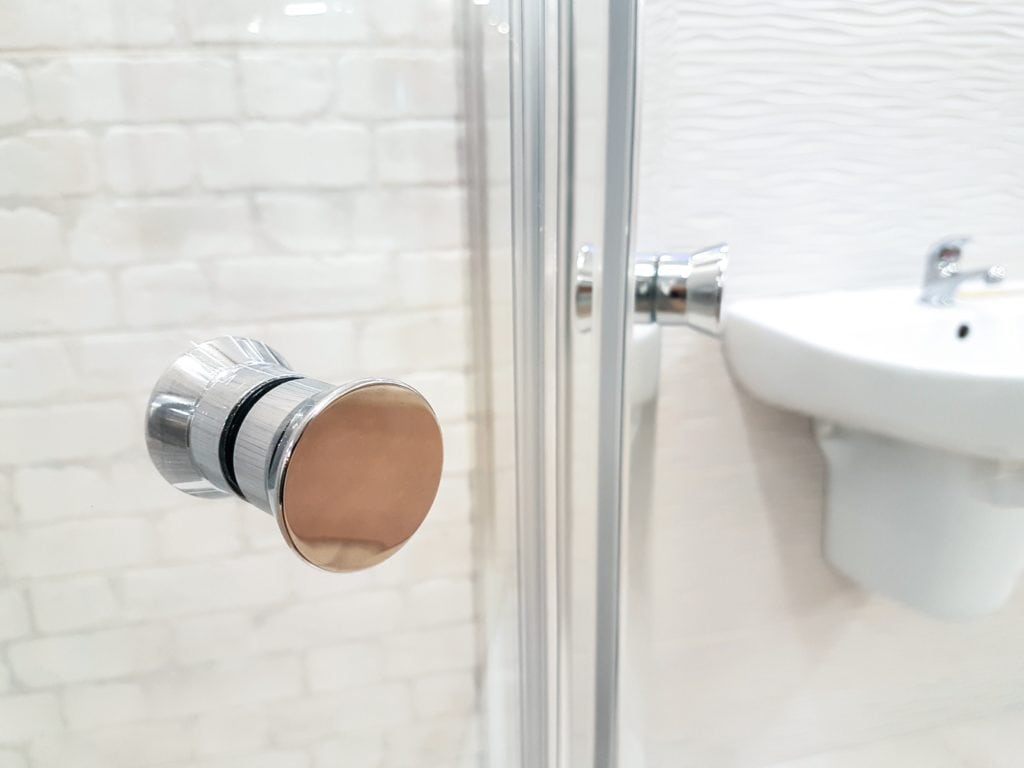 Flooring: Tile flooring with small tiles and lots of exposed grout is a great choice. Small tiles last longer under weight (including that of a wheelchair) while exposed grout can prevent slipping.
Flooring: Tile flooring with small tiles and lots of exposed grout is a great choice. Small tiles last longer under weight (including that of a wheelchair) while exposed grout can prevent slipping.
Sink: The sink should be low enough for the faucet to be reached whether you are in a wheelchair or not. Avoiding pipes or cabinets under the sink clears up floor space while guaranteeing that nothing obstructs a wheelchair from fitting underneath.
Shower: A large shower without a ledge is a nice modern design feature. This also makes a shower easily accessible. Also, consider including a bench in the shower as a luxurious feature that is also well adapted for the disabled.
Mirrors: Mirrors with a tilting feature are convenient for people of all heights and abilities.
Kitchen
Cooking on your own can be a sense of pride and accomplishment, so make sure that the kitchen is adaptable to people of all needs.
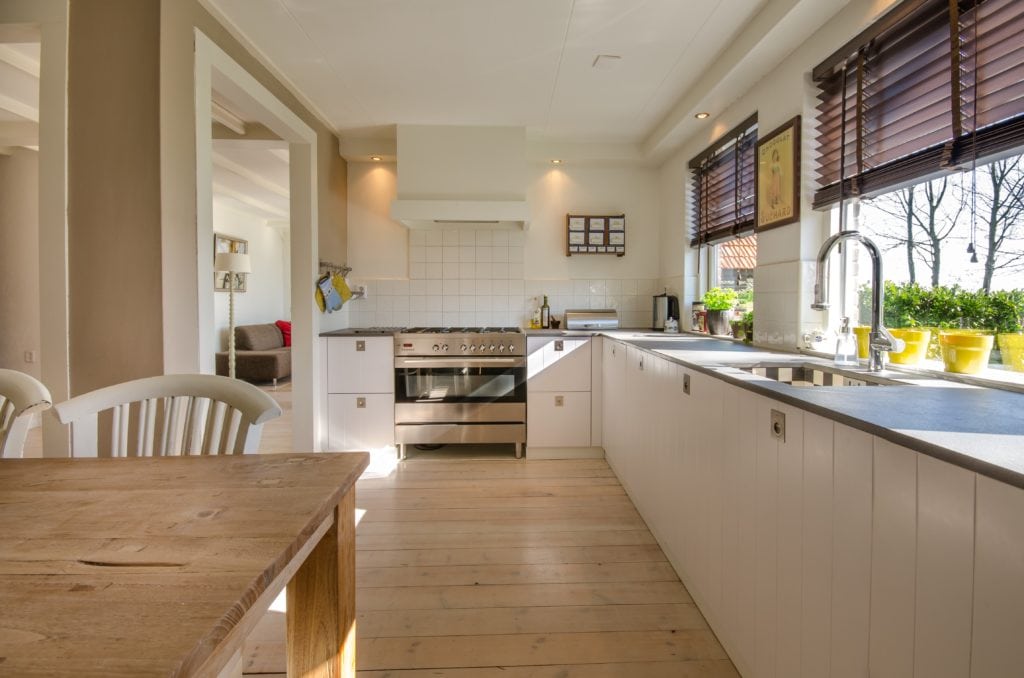 Appliances: All appliances should have front level controls instead of top level controls. This is a simple choice that allows the kitchen to remain functional throughout the years. Microwave and fridge drawers are also accessible appliance options.
Appliances: All appliances should have front level controls instead of top level controls. This is a simple choice that allows the kitchen to remain functional throughout the years. Microwave and fridge drawers are also accessible appliance options.
Shelving: Include low shelving in kitchen so that if someone requires a wheelchair, they can cook without assistance.
Outdoors
Having an accessible backyard is just as important as having an accessible home. All residents of your home should have easy access to the outdoors.
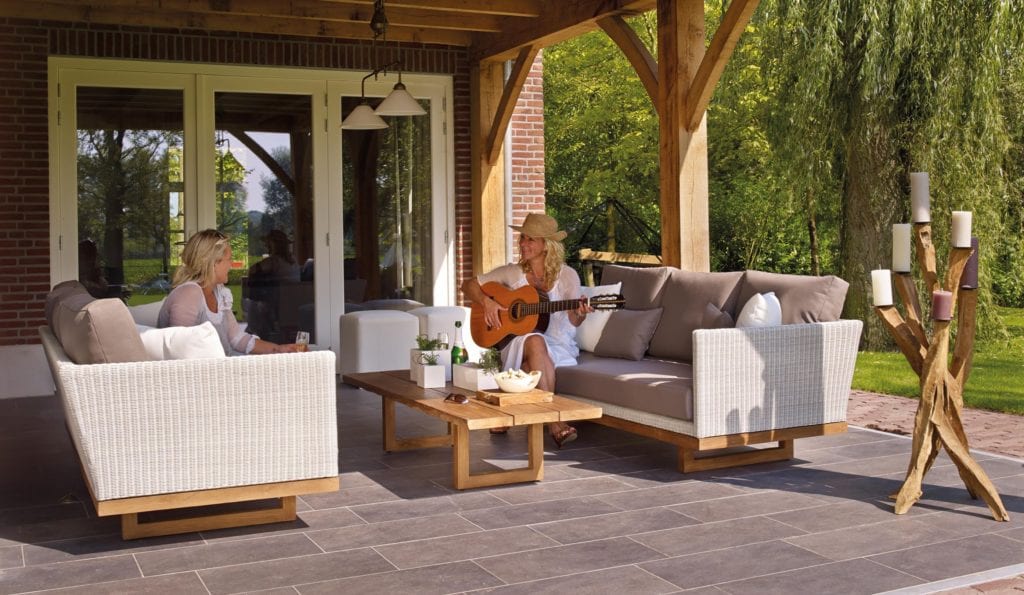
Hardscapes: Designing a hardscape in your backyard plan allows the whole family to enjoy the outdoors. It also serves as a great entertainment space and can increase the value of your home. Make sure the hardscape is shaded and is plenty wide. A patio is a great hardscape option that also provides room for outdoor dining.
Keeping these tips in mind, design an adaptable home that will last your entire life. These features bring comfort and ease to your custom home, while making you well equipped for the future. Allow plenty of room for navigation… a little extra space can go a long way! Place items in areas that are reachable and convenient. Make safety a priority for your family. You want to move into your custom home worry-free and confident in your design choices. Let us know how we can help you build a home that best accommodates your family!


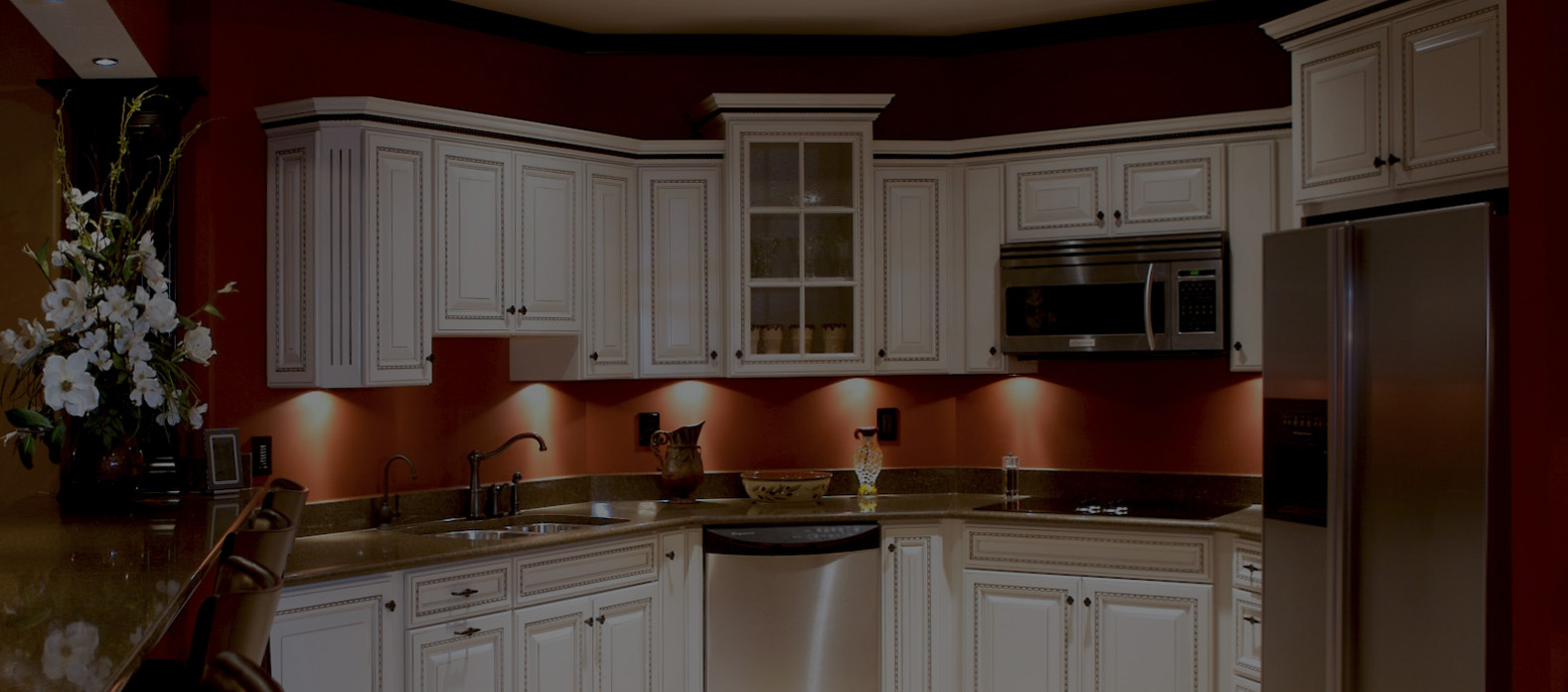
Sorry, the comment form is closed at this time.